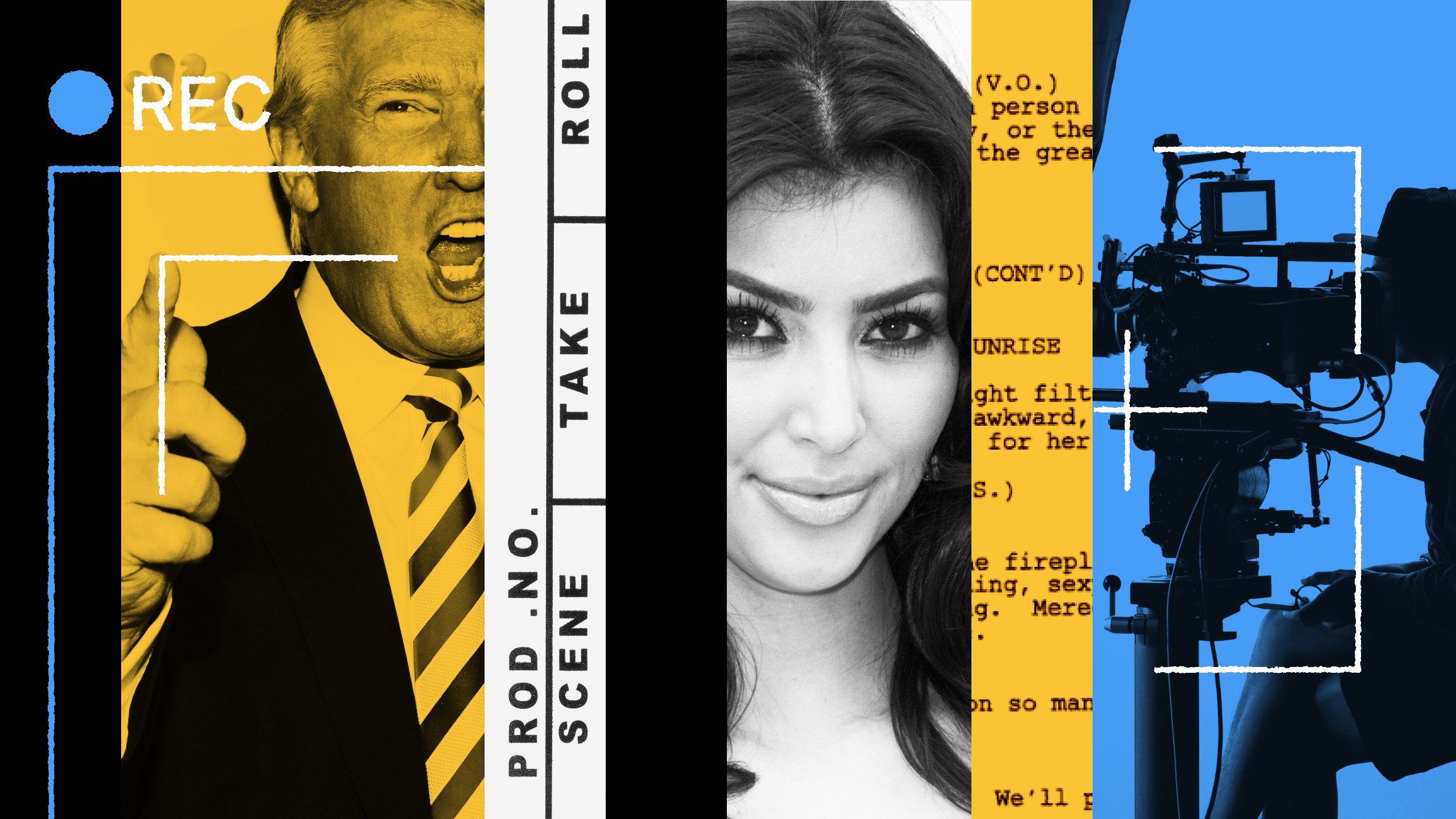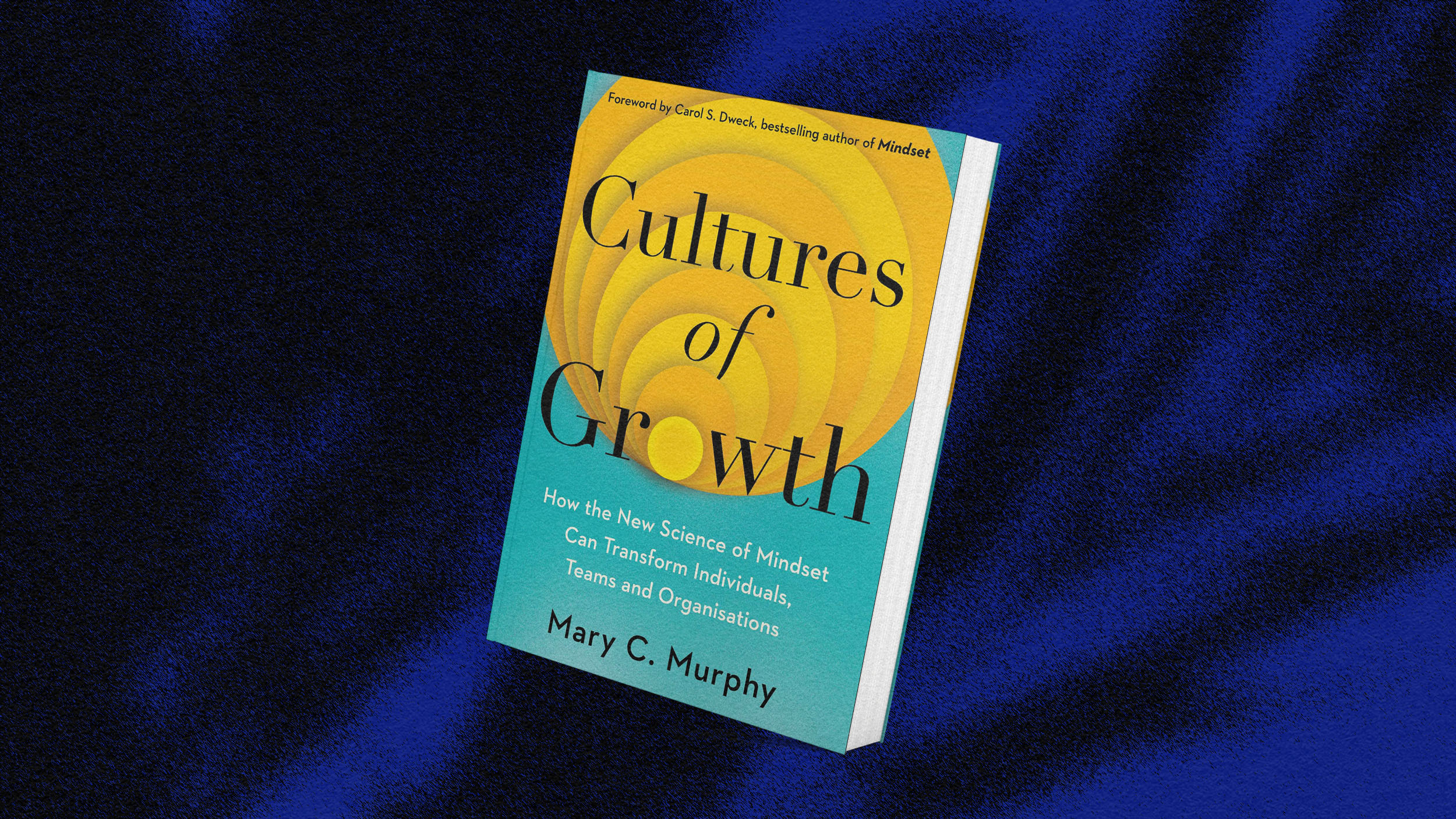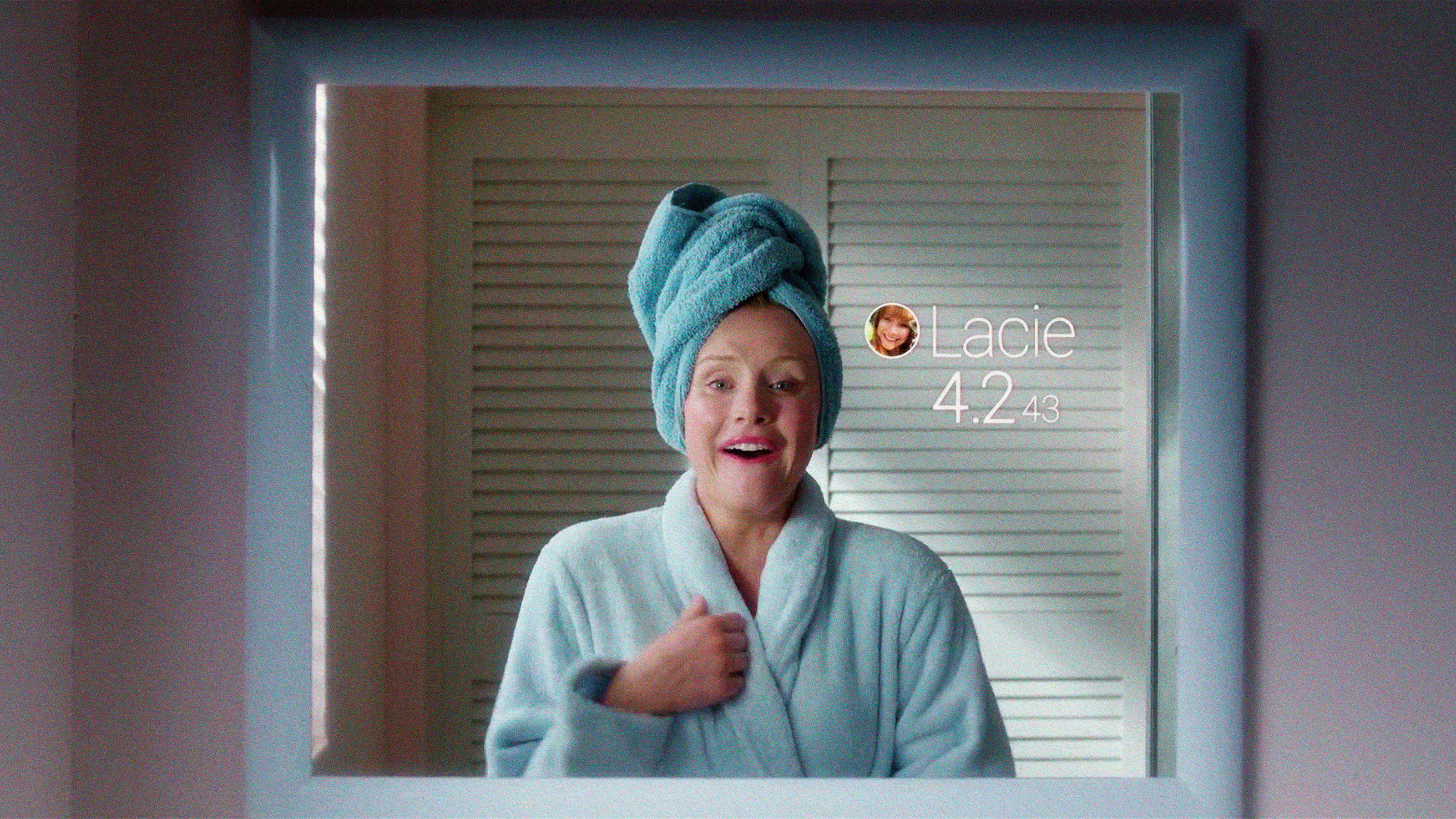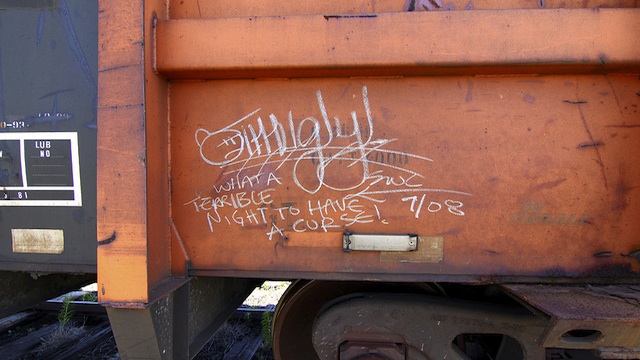Can Performance Art Have a Legacy?
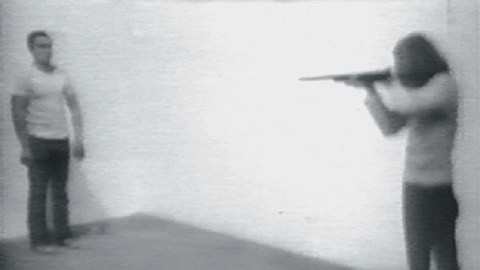
In the May-June 2011 issue of the international art magazine Flash Art, performance artist Marina Abramović began a regular column titled “Marina’s Diary,” in which she plans to document her quest to create a legacy for not only her own performance art, but for the genre of performance art itself. “At the moment,” Abramović writes, “all my attention goes toward establishing a legacy that will permit performance art to continue growing and developing.” As noble as Marina’s mission sounds, is she misdirecting her energies? For a genre as here-and-now based as performance art, is it even possible for it to have a legacy?
Painting, sculpture, music, and film all have legacies—nods from the present to the past as acknowledgments of debt. Even though those works were created or performed in the flow of time, they stand before us now in two or three dimensions in an intelligible form more or less the same as they stood on that first day. Performance art, however, by its very nature exists in four dimensions, the most vital of which is time. The phrase “You had to be there” means everything to the performance artist and the audience. For example, on November 19, 1971, American performance artist Chris Burden performed Shoot, in which he allowed an assistant to shoot him in the left arm from about 15 feet away. Thanks to Burden’s documentation of the event, I can see the performance on YouTube via grainy, super-8, 16-mm film and look at stills from that film. As shocking as it is to see someone shot in front of your eyes on a screen, it still can’t match the shock of seeing it in the flesh. Think of all the murders you’ve “witnessed” in films and television. If you’ve had the misfortune to see someone killed before your very eyes, you already know the difference. That difference is the barrier that stands in the way of performance art’s legacy building.
Abramović acknowledges the challenge. “Performance art is a time-based art, but her character is immaterial,” she defends. “And because of her nature it is so difficult to be understood or collected. My legacy will be to establish two performance art centers on two continents simultaneously, one in Celinje, Montenegro, Europe, and one in Hudson, New York.” The Marina Abramović Community Center Obod (MACCO) in the artist’s homeland and the Marina Abramović Institute for the Preservation of Performance Art in her “second” home in America will educate and train the next generation of performance artists. Performance artists since Joseph Beuys have gallantly kept up the good fight to earn their genre a place in the art world, which is certainly a legacy. But is it a legacy of the same magnitude as that of painting or sculpture? Can performance art exist both outside and within time simultaneously?
In 2005, Abramović reenacted a series of performance art’s greatest hits at the Guggenheim Museum of Art, including Beuys’ How to Explain Pictures to a Dead Hare, the urtext of performance art itself. The documentary film Seven Easy Pieces (which I reviewed here) preserved those reenactments for posterity. Seeing Abramović do Beuys, however, reminded me of those Beatles tribute bands: no matter how much you look like, sound like, and act like the real thing, you’re still not the real thing, and the sadness of that realization makes the effort, however appreciated, seem futile. In 2010, Abramović did Abramović’s greatest hits (with some help from younger protégés) in the MoMA exhibition, The Artist Is Present. Even the title of the exhibition seemed desperate in terms of building a legacy. “She’s here!,” it shouts. You could even sit across a table from her. But that “present” only reminded me that the works belonged to the past. Reminiscing or reenacting is great, but it will never be the “real” thing. Maybe Marina’s finally given up on building performance art’s legacy through retrospectives, the way other genres generally do.
The closest comparison to performance art’s plight that springs to my summer-filled mind right now is baseball. I can enjoy watching my beloved Phillies on television (and even see “classic” games from the past), but actually going to the ballpark is a totally different, other dimensionally greater experience. The grass is greener, the crowd’s louder, the hotdogs taste better, and the players seem more real running before my unfiltered vision. I admit that I’ve never witnessed a performance art piece live. The opportunity may never present itself. I only know performance art as a shadow of itself. Perhaps if I’d never gone to a baseball game, I’d never have become a diehard fan still happy to watch from a distance. Abramović’s tactic of building a future home for performance art may be a great way to keep the genre going, but I’m not sure if it will ever amount to a true legacy, simply because I can’t imagine ever really experiencing performance art from a distance. It will always be that grainy, shadowy dream from another time and place.
